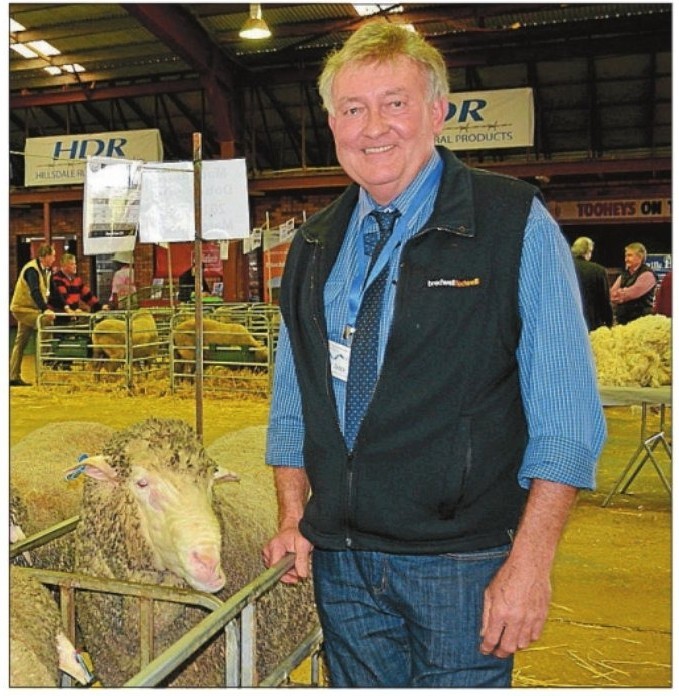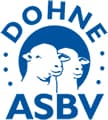Pursuing breed excellence
ACM BY ALAN WELBURN
THE rise of the Dohne as a dual-purpose sheep has only just begun, according to someone who knows a thing or two about the subject.
Geoff Duddy, Sheep Solutions, is out at Oman Ama on the road to Inglewood and is among the smartest voices when it comes to Dohnes one might ever find.
He confides that the Dohne holds numerous advantages. In fact, it might be a trifle easier picking Lotto numbers than finding demerits in the breed.
“Primarily their fertility and lamb survival compared to our traditional Merino is their biggest plus,” he said.
“Other advantages include being a true dual-purpose breed offering producers improved meat yield from an animal producing wool of similar quality to the Merino hardiness (ability to not only survive but reproduce) under harsh feed conditions and clean points so reduced risk of flystrike.”
He appreciates the survivability traits of the Dohne and its continued enhancement. He believes market forces have played a key role resetting the business focus of the Dohne.
“The Dohne is, as with all breeds, continually improving,” he said. “Many improvements are driven by market forces such as high sheep meat values over recent years.
“The Dohne is well balanced (and) suited to optimising producer returns by providing improved lambing percentages, faster growth rates to weaning and slaughter, greater selection potentials due to having greater progeny to select replacement ewes from and improvements in the wool quality and cut compared to traditional Dohnes imported 20 plus years ago.”
Couple this with, as he puts it, “continued selection” by stud and commercial breeders to improve wool quality and cut and its share of total returns and Dohnes are no longer seen purely as a meat commodity.
And the change won’t be slowing down anytime soon, he says.
“Studs are continually striving to improve as are commercial breeders. I think one of the Dohne’s strengths has been its initial WPP (Wool Production Potential) focus.” he said.
“This is where the breed aims to produce between five and eight per cent clean wool as a percentage of the mature animal’s body weight.
“Research in South Africa has shown that wool production levels that fall in this range enhance the animal’s ability to raise healthy, robust lambs and maintain their fertility.
“Dohnes have good traits such as genetic fat, eye muscle depth, growth rate which all have positive impacts on fertility, reproduction, lamb survival, growth rates and survivability.”

POSITIVE SIGNS: Consultant Geoff Duddy believes the fertility and lamb survival of the Dohne compared to the traditional Merino is one of its greatest advantages.










 Facebook
Facebook YouTube
YouTube Instagram
Instagram